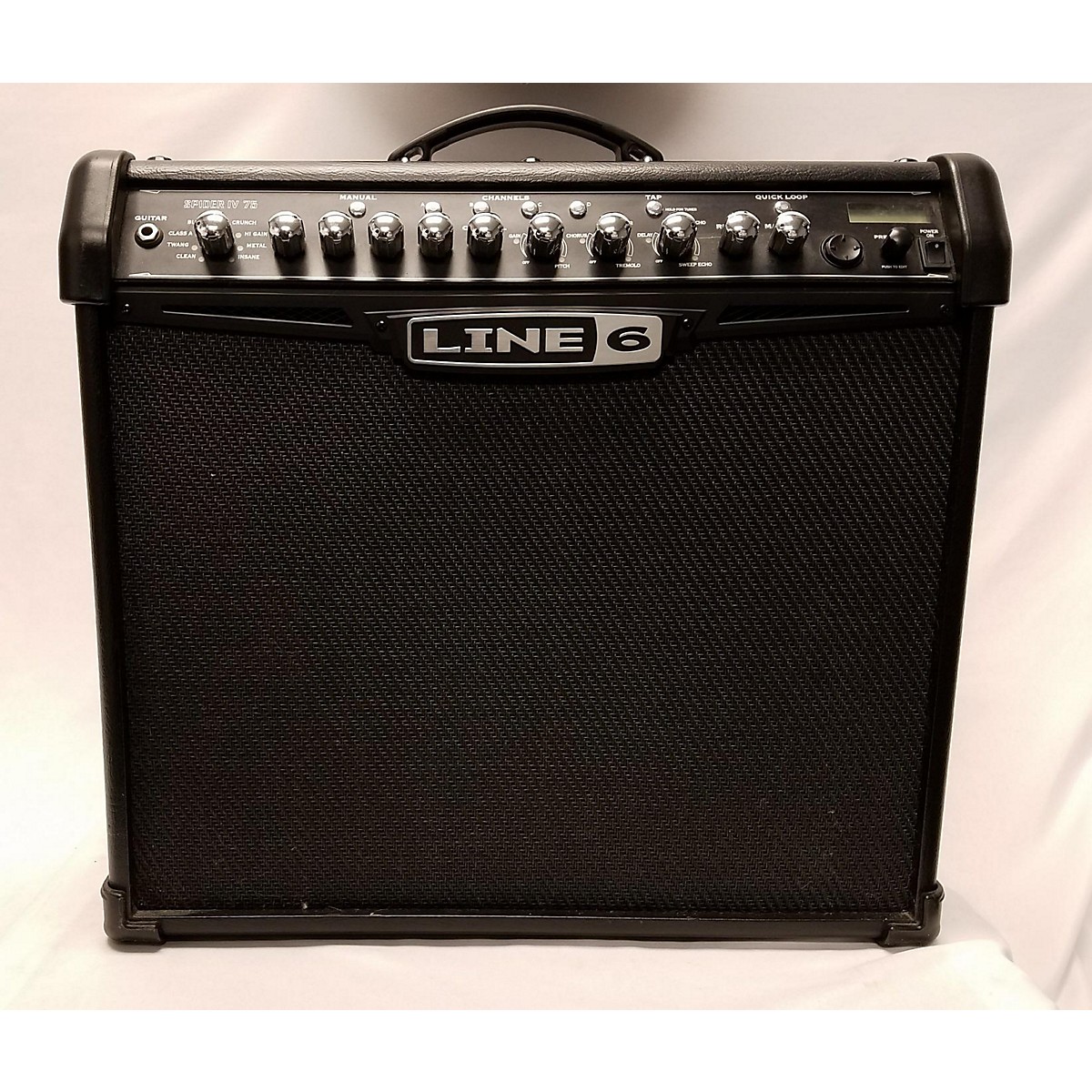

The treble control tends to be higher when using lots of gain, or playing lead guitar where the tone needs to cut through. This helps each note to be heard distinctly, and reduces any muddiness. The higher the treble, the brighter and sharper the tone will be. Treble: this adjusts the high-range frequencies.This can be popular with metal guitarists. Generally, this should be quite balanced, however sometimes the mids can be “scooped” which means the mids setting will be much lower compared to the bass and treble. Mids: this of course adjusts the mid-range frequencies.High bass settings are popular in the metal genre. Increasing the bass helps to provide fullness and depth, but having it too high can cause it to sound too “boomy”.

Bass: this adjusts the low-end frequencies.The bass, mids and treble controls are used to shape how bright or mellow the tone is. The aim is to get good quality distortion, but without the tone sounding muddy and muffled. For a crunchy tone, aim for midway and for heavy metal, you’ll probably need this dialled up to 10. Of course for clean amp settings, the drive should be as low as possible. The drive control is used to adjust the level of gain, and essentially controls how distorted or clean the tone is. Some Line 6 Amps also have a “blank” preset such as the Spider V, which allows you to start from scratch and create your own tone. Popular Line 6 channels include: clean, crunch and metal. This helps to get you started with a particular sound, but there is limited flexibility to change the tone within a particular channel. The other settings on the amplifier can then be used to refine this tone. Essentially, these set the amp up in a particular way to achieve a certain tone. Most Line 6 Amps come with at least 4 “channels”, these may also be referred to as models or voices. Let’s first take a look at the common controls on a Line 6 amp and what their functions are.


 0 kommentar(er)
0 kommentar(er)
